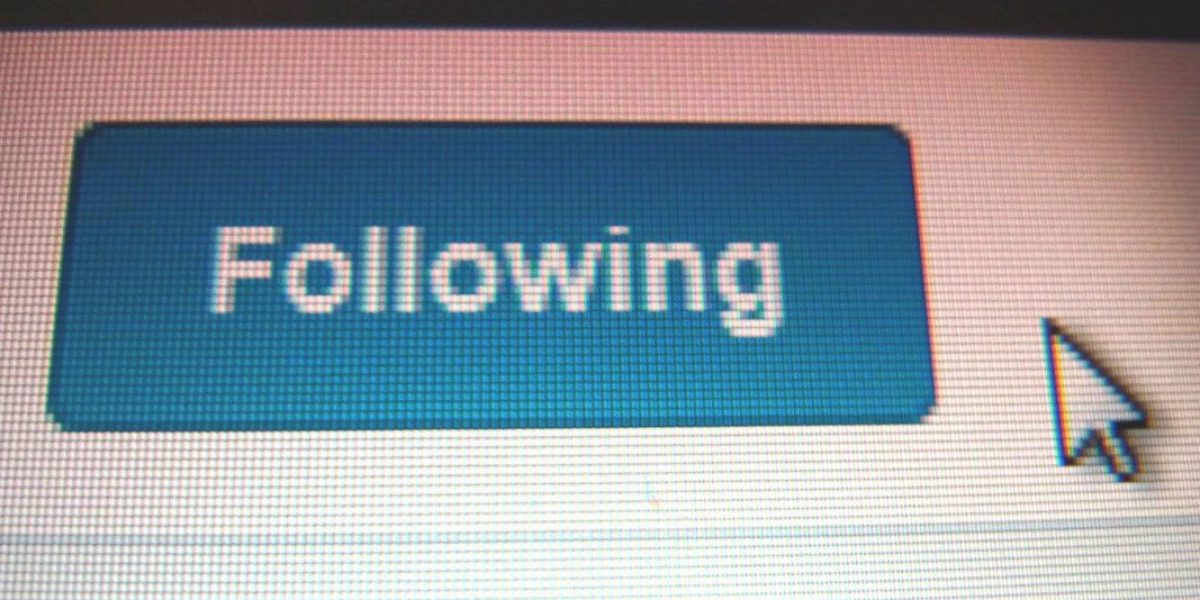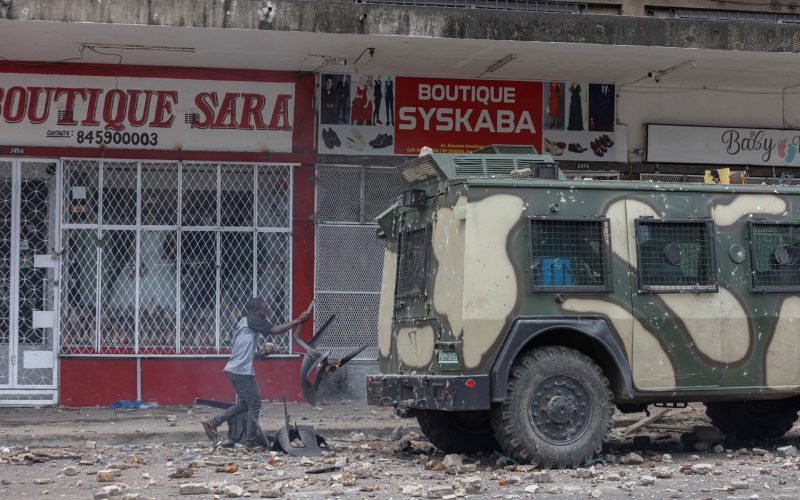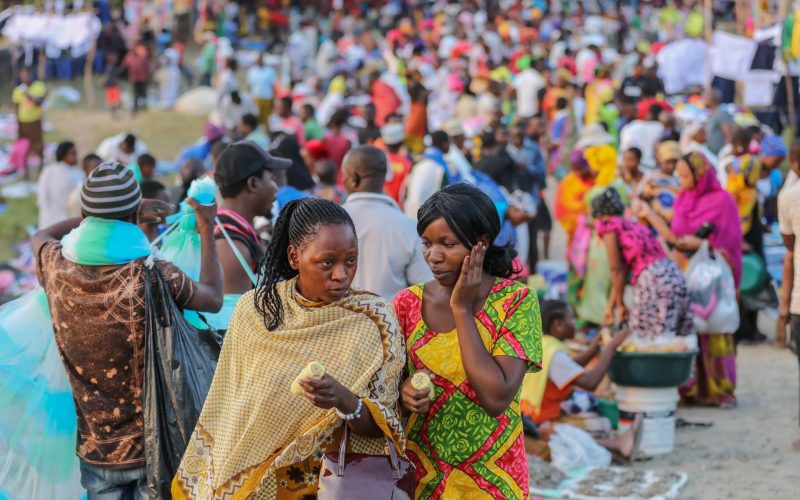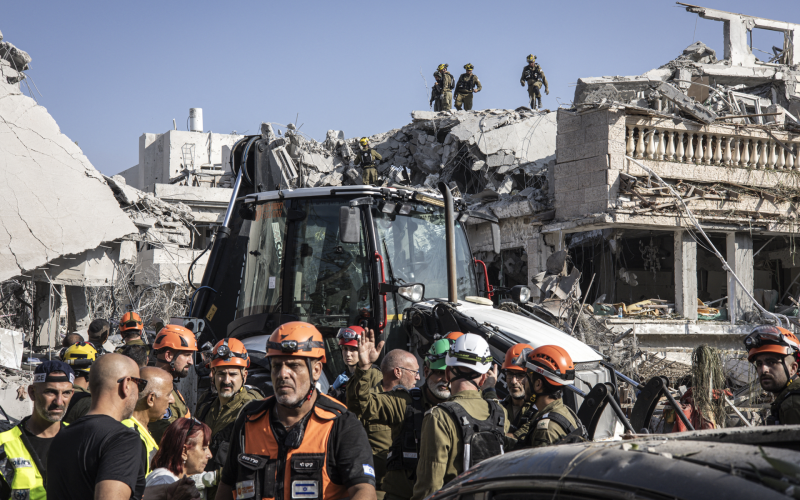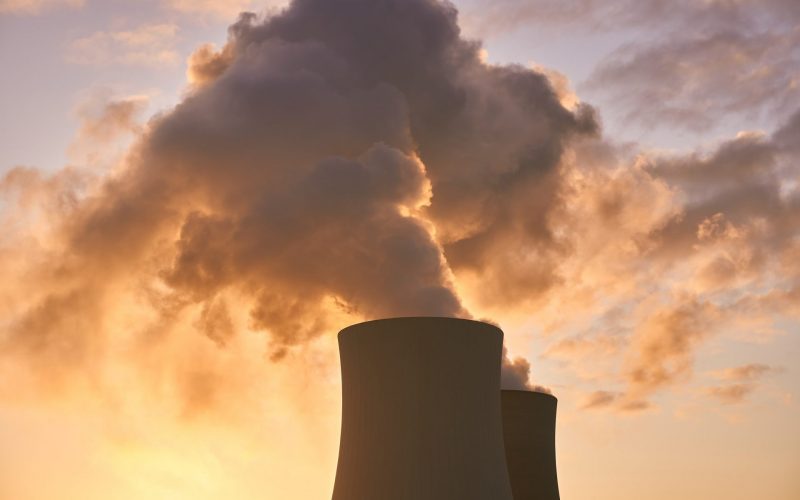I wonder if I could use that to start a political uprising.’ On that Monday morning, news of unrest in Iran amidst allegations of a rigged election began to spread, especially on the web. Freedom of information has become one of the biggest casualties in the aftermath of the Iranian election, with journalists being harassed, bullied and expelled. Yet citizen journalism – through the internet – has succeeded against repression and let people air their own views, subverting controls. But can the tweets triumph?
As it evolved from military planning network to global superhighway in the 1990s, the internet was hailed as a panacea to the unequal communication networks across the globe, the bridge over the digital divide. Across the globe, people are harnessing its power to find and create alternate sources of information that bypass state– or business-controlled media. In Iran, government and protestors clashed both on the streets and in cyberspace.
Handheld technology provided key sources of information during the post-election protests. As foreign correspondence was increasingly barred from covering rallies and protests, citizen journalists continued to get their personal stories out from their mobile phones, laptops and webcams in Tehran and elsewhere. International broadcasters such as Al Jazeera, BBC and CNN have come to rely on amateur footage shot by protestors during news broadcasts, and Iranians have themselves logged on to find our what’s going on.
Thanks largely to amateur filming and uploading to the video-sharing website YouTube, Neda Agha-Soltan, an ordinary 27-year-old Iranian woman in the crowd of protestors, has become a martyr. The graphic live footage of Neda being killed by an unknown sniper while participating in what was supposed to be a peaceful rally in Tehran was filmed by an eyewitness and posted to YouTube. Tribute films, protest footage and mini-documentaries have since clogged the blogs. Along with the slogan ‘Where is my vote?’ Neda has given a bloody face to the repression in Iran. Not unlike the man who stood in the path of tanks in Tiananmen Square 20 years ago, or Hector Pietersen in Soweto in 1976.
But it’s Twitter that’s taken centre-stage. Johnson virtually prophesised the power of the tweet when he wrote that Twitters influence lay in what users could do with it rather than the technology itself. Twitter began as a free internet based social networking service based on the simple question: What are you doing? In 140 characters, users are able to keep friends and family informed through tweets, the short messages that appear on the users’ profile pages. Its ease of access from mobile phones has seen it trump the conventional blog. It has been successful because it creates a real-time sustained relationship among followers.
The medium has moved well beyond friends and family. Twitter has gained much popularity on the internet with its total number of visitors increasing from 1.22 million in April 2008 to 17.10 million in April 2009, and doubtless growing. It has become a potentially powerful political tool in the hands of the public. It was a key source of information during the Mumbai terrorist attacks in 2008, for example, as guests trapped in their hotel rooms tapped out the latest happenings on Blackberries and laptops. In May, China blocked access to Twitter, fearing that political activists would use it to create dissent marking the 20th anniversary of Tiananmen Square. Its power remains potential, however, because it is so easily subjected to government intervention. Ethiopia’s government tightly controls text messaging, following its use in rallying opposition in their controversial 2007 elections. Like any other source of citizen journalism, can it really replace conventional reporting?
The aftermath of the Iranian election is a test of whether Twitter, and the internet, are really the democratic media they were hailed as. During the protests, text messages could be relayed via mobile phone, making it accessible to the protesting public. The messages were largely personal accounts of anonymous tweeters recording their anxiety and fear of the Basij, the government parliamentary force. Despite their unthreatening names, tweets began to take on an ominous character as messages of alleged violent crackdowns and abduction of civilians labelled as terrorists and insurgents hit the internet. Twitter was also used to relay information of planned rallies. Still, followers especially the media who have relied on tweets have no way of verifying or protecting their sources.
Twitter is not as anarchic a medium as its followers would have it. Government intervention in Twitter has come from both Iran and its arch enemy, the United States. The US State Department requested that routine maintenance be delayed so that Iranians could access the application. The Iranian government has veered between blocking it altogether, to using it to disseminate counter information or track dissenters. Although Iranians have revolted through crashing government servers and creating proxy servers from outside the country, it has become increasingly more difficult for Iranians to access Twitter. Most effective has been the government block on mobile phones, especially text messaging.
No doubt that Twitter has the power to mobilise masses, but it should not be the primary source of information for the situation in Iran. Browsing through the internet footage, tweets and information on Iran could spur action against President Mahmoud Ahmadinejad’s regime. But any diplomatic intervention, if at all possible, should be based on factual information. As events since 2003 in Iran’s neighbour Iraq has proven, intervention without solid information is rarely successful. Even more than the alleged unaccounted 10 million votes, Ahmadinejad will hold onto power as long as he controls information. Not even Twitter can loosen that grip.

